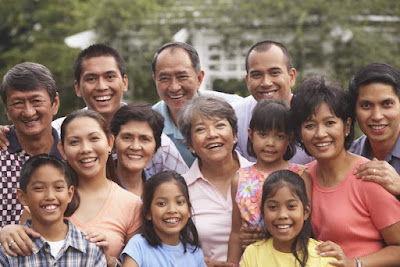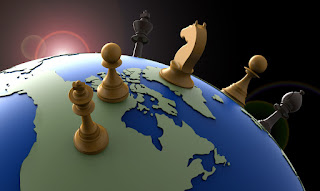Past Facebook posts. Not updated.
MALAYSIA and China’s relations are an example why neighbors in the region, despite intermittent disputes, are not going to evolve into warring forces. Both countries are claimants in the South China Sea territorial quarrel and in recent times has resulted in some friction. In fact, a 2014 survey conducted by the Pew Research Center showed 66 percent of Malaysians were concerned that territorial disputes between China and neighboring countries (which also include Japan, the Philippines, Brunei, Indonesia, Taiwan, and Vietnam) could lead to a military conflict.
Nope. Didn’t happen and will never happen.
On the economic side, a 2017 survey conducted by Merdeka Center revealed 70 percent of Malaysians supported China's presence and investment in the country. In another survey in 2019 done by Ipsos, around 74 percent of respondents in Malaysia perceived that China would be a positive influence on world affairs over the next decade.
That view hasn’t really changed. In 2016, during the administration of Najib Razak, 14 trade, energy and defense agreements worth $34.7 million, were signed between the two countries. 🇲🇾🇲🇾🇲🇾
FROM 2016 to 2022, Malaysian and Chinese relations haven’t really changed much, regardless of episodic rift in re South China Sea territorial issues. Bilateral trade between the two countries surpassed $190 billion this year based on current trends, expected to move towards $200 billion.
Kuala Lumpur’s trade with China in the first seven months had expanded by 16.9 percent, compared to the same period of 2021. Exports grew by 13.2 percent, boosted by higher exports of electrical and electronic products (E&E), liquefied natural gas (LNG), and scrap metal. Imports from China climbed by 19.8 percent.
Malaysia’s chief industries are electronics, semiconductors, microchips, integrated circuits, rubber, oleochemicals, automotive, optical devices, pharmaceuticals, medical equipment, smelting, timber, wood pulp, Islamic finance, petroleum, liquified natural gas, petrochemicals, and telecommunication product. Easily, China is the country’s top trading partner. 🇲🇾🇲🇾🇲🇾
THE United States is Malaysia’s 3rd top trading partner behind Singapore. American FDIs are concentrated on manufacturing, although Washington seeks to expand relations to include security, environmental cooperation, and educational and cultural relations. Malaysia is a diverse democracy and is an important partner in U.S. engagement with Southeast Asia.
The countries cooperate closely on security matters, including counterterrorism, maritime domain awareness, and regional stability, and participate frequently in bilateral and multilateral training, exercises, and visits.
However, I must say as I always insist, that America should double-down on economic relations over security/military matters in Asia because a ruffling of waters—as in the recent attempt in Taiwan—won’t work. China and its neighbors, including Malaysia, will always have some issues to disagree on but I don’t think these will evolve into destructive arms clashes.
As an emphasis on regional cordiality, in Nov 2020, China gathered 15 nations in the region to forge the Regional Comprehensive Economic Partnership, which accounts for about 30 percent of the world's population and 30 percent of global GDP, making it the largest trade bloc in history. These countries are Australia, Brunei, China, Indonesia, Japan, South Korea, Laos, Malaysia, Myanmar, New Zealand, the Philippines, Singapore, Thailand, Vietnam, and of course, China. China, Indonesia, Japan, and South Korea are among the largest economies in Asia. 🇲🇾🇲🇾🇲🇾













